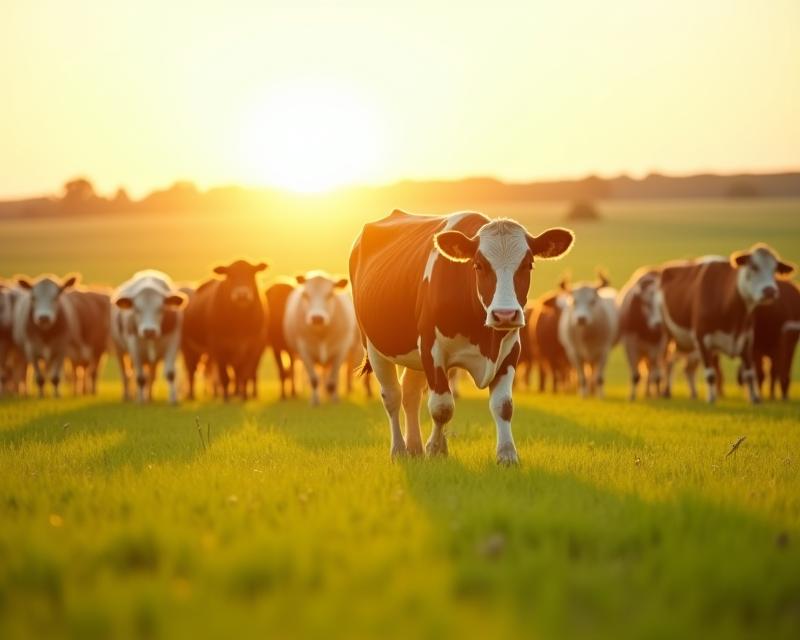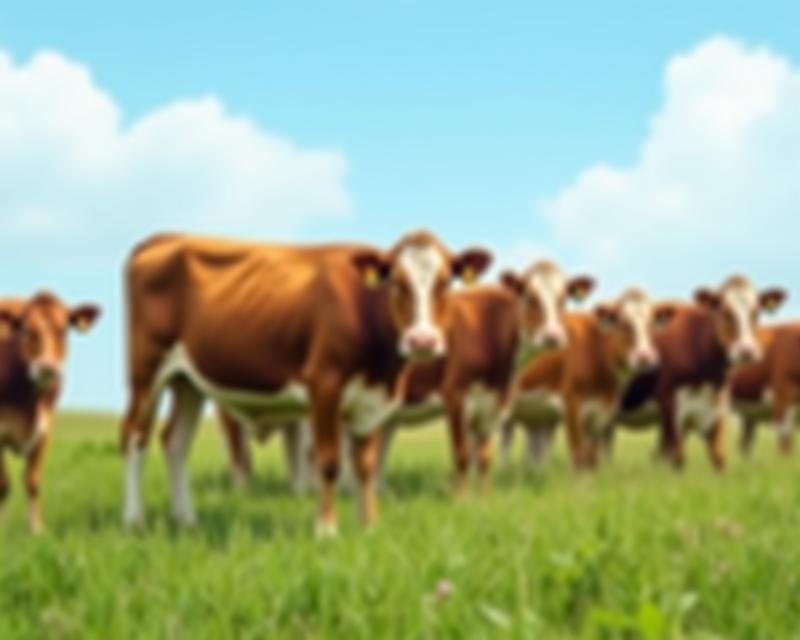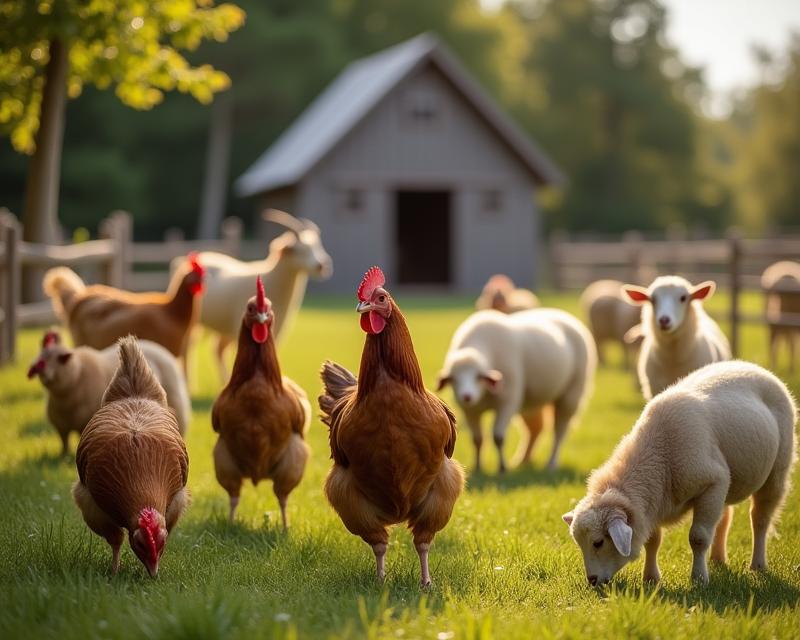Calcium & Phosphorus in Forages: A Guide for Livestock Health
Publish in Livestock Management el 05/07/2025 02:24
Calcium and Phosphorus in Forages: A Guide for Livestock Health
Providing your livestock with the right nutrients is crucial for their health and productivity. Two key minerals, calcium and phosphorus, play vital roles in bone development, milk production, eggshell strength, and overall well-being. Understanding their presence and balance in forages – the plants your animals eat – is essential for successful livestock management. Let's dive into what you need to know!

Why are Calcium and Phosphorus Important?
Calcium and phosphorus work together. They are fundamental building blocks for strong bones and teeth. Phosphorus also plays a key role in energy production and cell function. A deficiency in either mineral can lead to serious health problems. For example, calcium deficiency can cause weak bones (rickets in young animals) and muscle problems. Phosphorus deficiency can affect growth, reproduction, and overall energy levels. The ideal ratio of calcium to phosphorus is important, typically around 1:1 to 2:1, depending on the animal species and life stage.
Variations in Forage Content
The amount of calcium and phosphorus in forages varies significantly depending on several factors. Soil type is a major influence – soils rich in limestone (calcium carbonate) will generally produce forages with higher calcium levels. Plant species also matter. Legumes like alfalfa and clover tend to have higher calcium content than grasses like fescue or ryegrass. Plant maturity and growth stage play a role too. Younger, rapidly growing plants often have higher mineral concentrations. Finally, weather conditions during the growing season can impact mineral uptake by plants. Drought conditions, for instance, can sometimes concentrate minerals in the forage.
Species and Life Stage Considerations
Different livestock species have different mineral requirements. Ruminants (cattle, sheep, goats) have unique digestive systems that allow them to extract minerals from forages, but they still need a balanced diet. Poultry, like chickens and turkeys, require higher calcium levels for strong eggshells. Swine also have specific needs, particularly during growth and reproduction. Furthermore, mineral requirements change throughout an animal's life. Growing animals need more calcium and phosphorus for bone development than mature animals. Lactating animals (producing milk) have significantly increased requirements for both minerals. It's important to tailor your forage choices and supplementation strategies to the specific needs of your livestock.
Ensuring Adequate Mineral Intake
Regular soil testing and forage analysis are the best ways to determine the mineral content of your pastures and hay. Based on these results, you can adjust your feeding strategies. Consider supplementing with mineral blocks or loose mineral mixes to ensure your animals are getting enough calcium and phosphorus. Consult with a veterinarian or animal nutritionist to develop a feeding plan that meets the specific needs of your livestock. By paying attention to these details, you can help ensure the health, productivity, and well-being of your animals.

